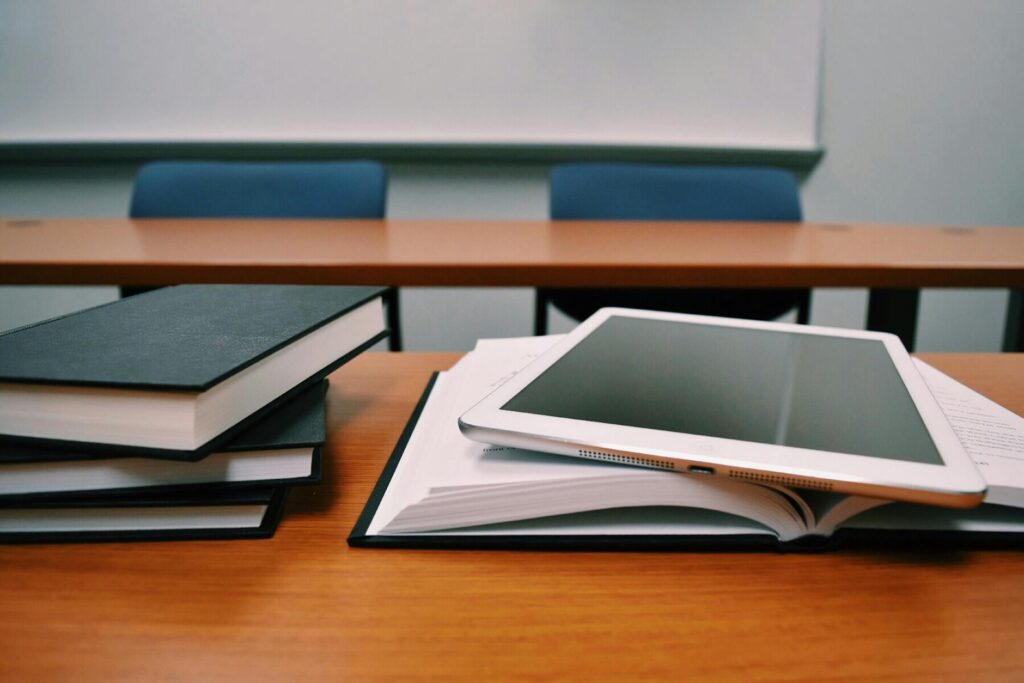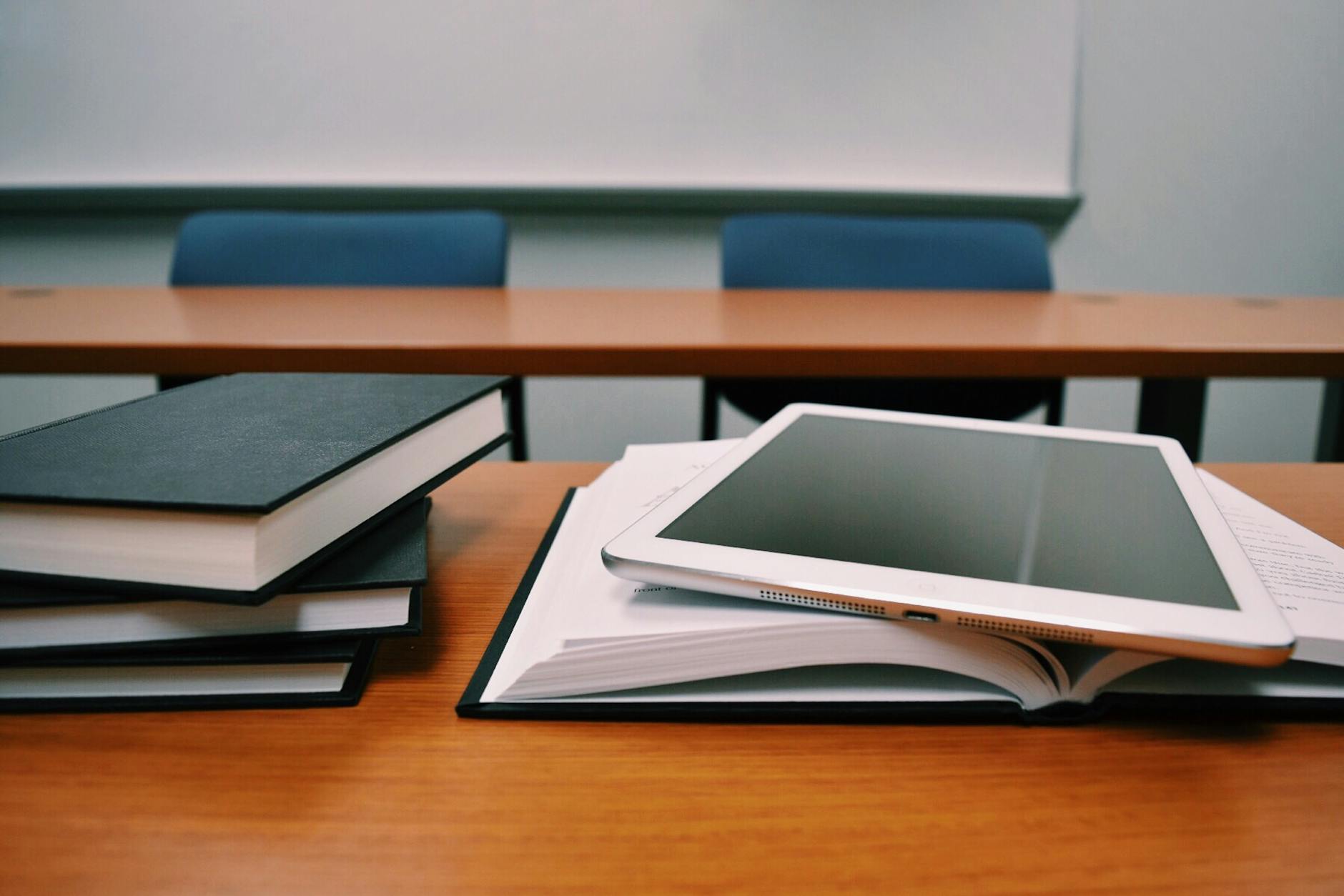What is educational resources?

What is educational resources?
Educational resources are tools and materials that aid in the learning process. They come in various formats and serve to enhance the educational experience, making learning more effective and engaging. Imagine walking into a classroom filled with textbooks, digital tools, and interactive activities; each of these elements contributes to expanding knowledge and skills. By incorporating educational resources, students of all ages can access a wealth of knowledge tailored to their needs.
These resources can play a pivotal role in enhancing learning outcomes, fostering creativity, and supporting personal and professional development. Whether you’re a student, teacher, or lifelong learner, understanding the types of educational resources available and how to use them effectively can significantly impact your learning journey.
Types of Educational Resources
When we talk about educational resources, it’s essential to recognize the diversity available. Here’s a breakdown of different categories that can enhance the learning experience.
Digital Educational Resources
In today’s digital age, online courses, eBooks, and educational websites are becoming the backbone of modern learning. Digital resources can be accessed anytime, anywhere, breaking down traditional barriers. For instance, platforms like Coursera and edX offer a multitude of online courses across various subjects. EBooks provide the flexibility to carry entire libraries in your pocket, while websites like Khan Academy offer free educational content that can help learners grasp complex topics.
- Online Courses: Websites like Coursera enable learners to explore topics from programming to philosophy.
- eBooks: Digital books allow easy access to academic texts and literature, perfect for on-the-go learning.
- Educational Websites: Resources like Khan Academy provide free courses on a wide array of subjects.

Photo by Pixabay
Traditional Educational Resources
Despite the rise of digital resources, traditional educational materials still hold significant value. Textbooks, printed materials, and classroom resources form the foundation of learning in schools and educational institutions.
- Textbooks: These provide in-depth knowledge and are often structured to align with curriculum requirements.
- Printed Materials: Worksheets, handouts, and study guides complement textbooks and help reinforce learning.
- Classroom Resources: Tools like charts, models, and manipulatives are essential for hands-on learning experiences.
Multimedia Educational Resources
Multimedia resources combine various forms of media to make learning more engaging. Videos, podcasts, and interactive tools can cater to different learning styles, making information more accessible.
- Videos: Educational YouTube channels offer explanations on complex topics in an entertaining way, making learning fun.
- Podcasts: Listening to educational podcasts can enhance knowledge while multitasking, such as during commutes.
- Interactive Tools: Platforms like Quizlet enable learners to engage actively with content, creating flashcards and quizzes for better retention.
Benefits of Utilizing Educational Resources
Using educational resources comes with numerous advantages, making them a vital component of any learning strategy.
Improved Learning Outcomes
One of the most significant benefits of educational resources is the improvement in learning outcomes. When students have access to a variety of materials, their understanding deepens. For example, combining textbooks with interactive videos can help clarify challenging concepts, resulting in better retention and comprehension.
Increased Accessibility
Educational resources have democratized learning. With online access, anyone can tap into quality education regardless of their geographical location. Open Educational Resources (OER) allow learners worldwide to access course materials for free or at a low cost, making education more inclusive. Visit UNESCO for more on open educational resources.
How to Effectively Use Educational Resources
To maximize the benefits of educational resources, it’s essential to use them strategically. Here are some tips to enhance your learning experience.
Identifying Reliable Resources
Not all educational resources are created equal. It’s crucial to evaluate the credibility and quality of the materials you choose. Look for resources from reputable institutions or authors, and check for reviews or feedback from other users. Websites like ScienceDirect offer peer-reviewed articles that can serve as reliable sources for your studies.
Incorporating Resources into Daily Routines
To get the most out of educational resources, make them a regular part of your study habits. Set aside specific times to engage with online courses, read eBooks, or watch educational videos. Incorporating these activities into your daily routine can help you stay consistent, leading to better results over time. As you establish a routine, consider using tools like planners or apps to help organize your learning sessions effectively.
Conclusion
In conclusion, educational resources play a crucial role in enhancing learning experiences, whether through digital tools or traditional materials. By understanding their types, benefits, and effective strategies for use, you can unlock the full potential of these resources for personal and professional growth. Explore the wealth of educational resources available to you, and take charge of your learning journey today!